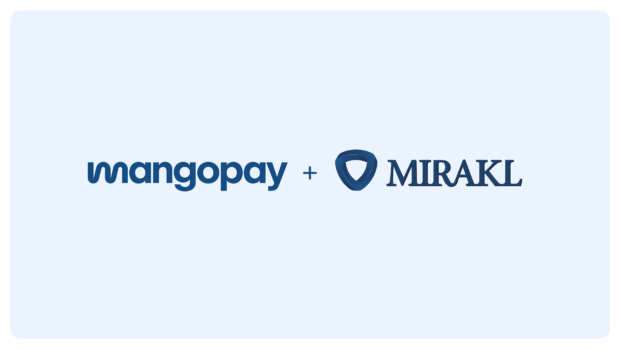Axerve which specialises in creating accessible and frictionless payment solutions for eCommerce and physical sales has announced the release of a new white paper, ‘New technologies and trends in digital payments in 2022’. The white paper explores the drivers behind growing digital payment forms worldwide and assesses the impact that the proliferation of new digital payment methods is having on merchants.
In the purchase process, payment is a delicate phase because it determines the transition from the purchase intention of the customer to the actual sale and the less friction there is at this juncture, the more pleasant the customer experience. Therefore, in order for merchants to maintain high customer experience and cart conversion, it is essential that payment is as frictionless and immediate as possible, while still being transparent and above all safe and compliant with relevant PSD2 regulations. In this context, solutions that manage the growing number of complex multi-channel payments for retailers while delivering hyper-personalised services – aka services that respond to the specific needs of the merchant, based on their target demographic habits and preferences and geographical regions – is important for customer experience.
This is increasingly a challenge for merchants as multiple digital payment types such as cryptocurrency, Buy Now Pay Later (BNPL), contactless in-store payments such as SoftPOS, and eCommerce tokenisation, that Axerve outlines in its white paper, are increasingly popular meaning that retailers must engage with multiple payment forms at checkout.
The technological response from the world of payments to the new forms of purchasing are platforms capable of satisfying increasingly complex and personalised needs, both from the point of view of the merchant and from that of the customers. A study by Accuity, a LexisNexis® Risk Solutions company, estimated that failed payments, as a result in part of problems in the management of payment flows, have cost the global economy US$118.5 billion in fees, labour, and lost business in 2020.
Payment orchestration is a key tool for managing this increased complexity. Axerve manages the interoperability between all the transaction processes and types and simplifies payments configuration via a new proprietary software architecture. It can significantly cut the costs of multiple eCommerce integrations and allows independence from payment service providers (PSPs). Its multi-solution integration system gives businesses the possibility to automatically switch payments to the best-performing provider at the time of purchase, resulting in industry-leading quick reaction times.
Compliance with PSD2 and SCA requirements has added complexity for merchants. However, knowing how to seize the opportunities of PSD2 is a great opportunity for the merchant to prevent transactions from being rejected during authentication, improving the user experience offered to their customers by the overall conversion rate. Today, this is possible with risk analysis tools, like Axerve’s , which take advantage of the opportunity to request an exemption from applying the regular flow of 3DS protocols. Axerve’s own payments data shows that by using Axerve Advice’s Transaction Risk Analysis 98.9 per cent of the total transactions managed by Axerve were sent exempt to issuers, who did not apply two-factor authentication in 89 per cent of cases. Out of this 89 per cent, only 2.9 per cent received a soft decline from issuers (however out of this 2.9 per cent, 80.2 per cent were subsequently sent with the SCA request and in all cases the outcome was positive). Therefore, most of the transactions deemed potentially fraudulent by the issuer have actually turned out to be genuine, as reported by Axerve Advice. Axerve has found that a huge 99.9 per cent of the soft decline transactions subsequently passed the authentication phase. As a result, only a number of transactions as low as 0.08 per cent of the soft-decline transactions did not pass the authentication phase, demonstrating the efficacy of risk analysis methods.
Alessandro Bocca, CEO of Axerve, commented: “The release of Axerve’s white paper today underscores the significant innovation and growth in the digital payments space of recent years. In order for merchants to harness the benefits of diverse payment methods for their customers, it is vital that the new forms of purchasing experiences that are emerging are met with an omnichannel and fluid approach and platforms capable of simplifying multiple payments for merchants.”








Share